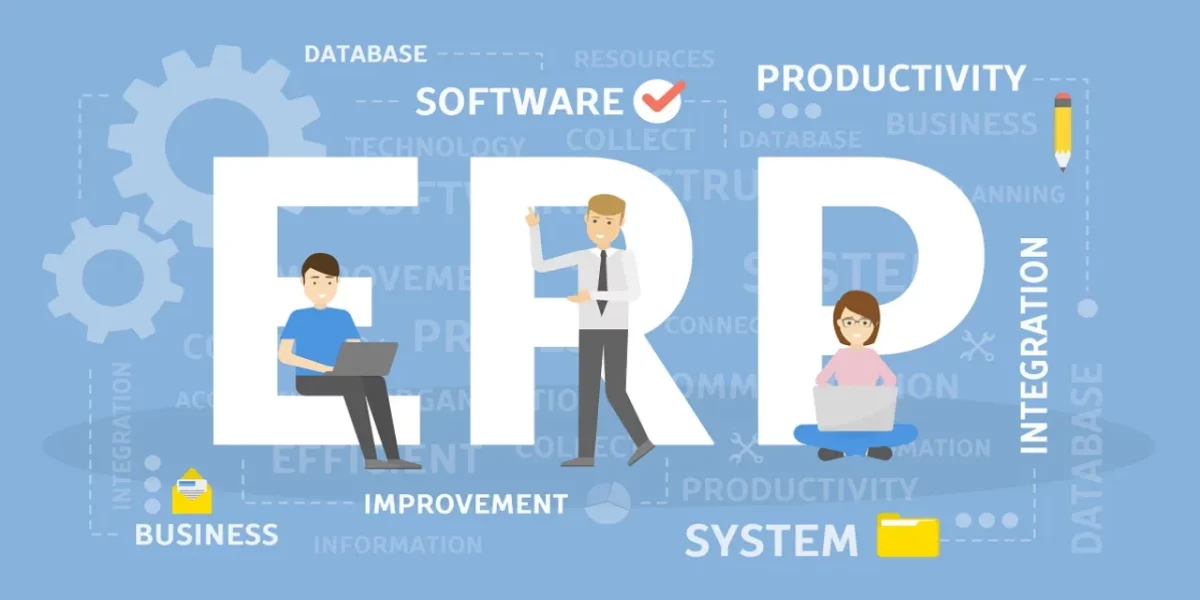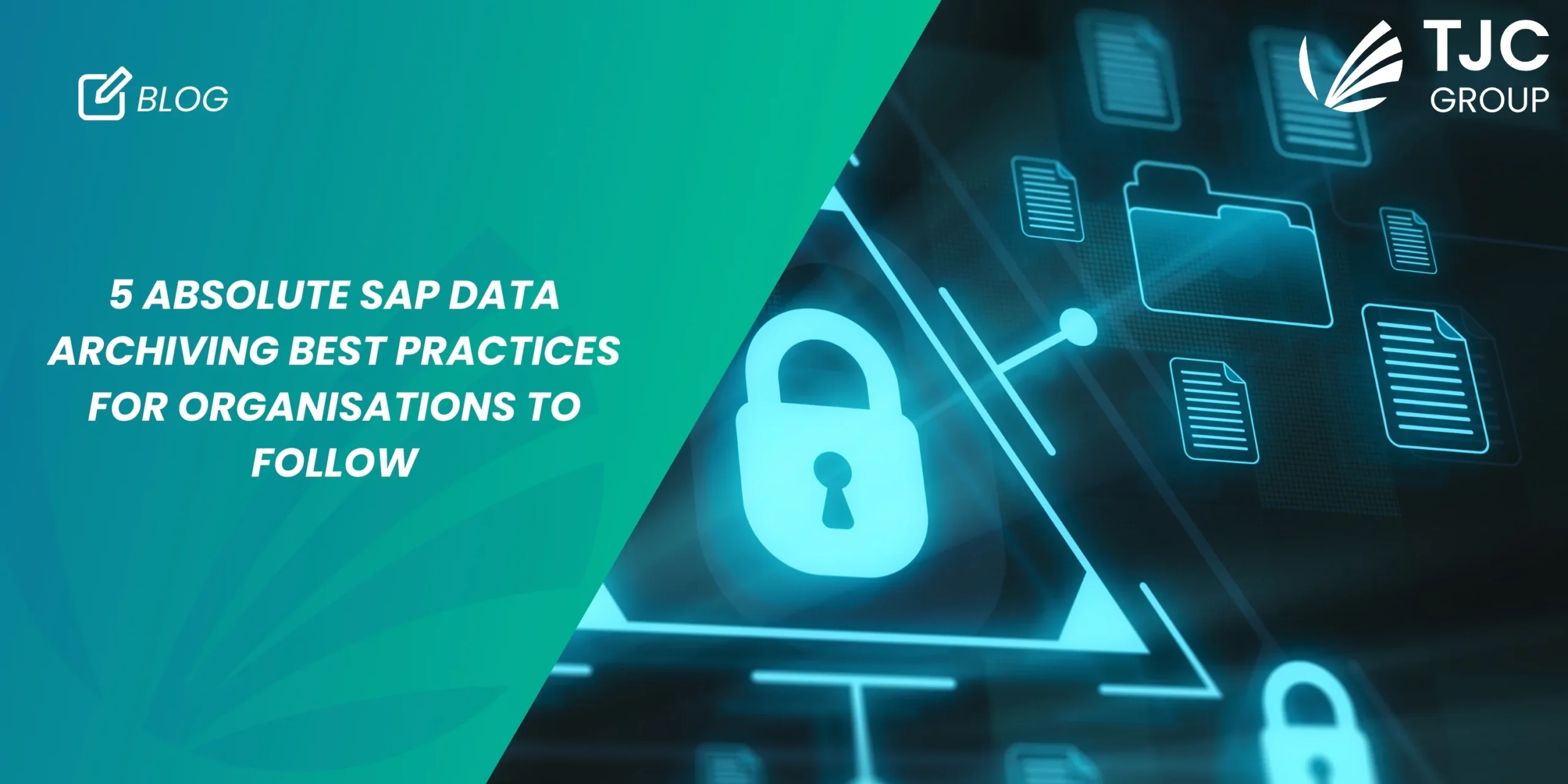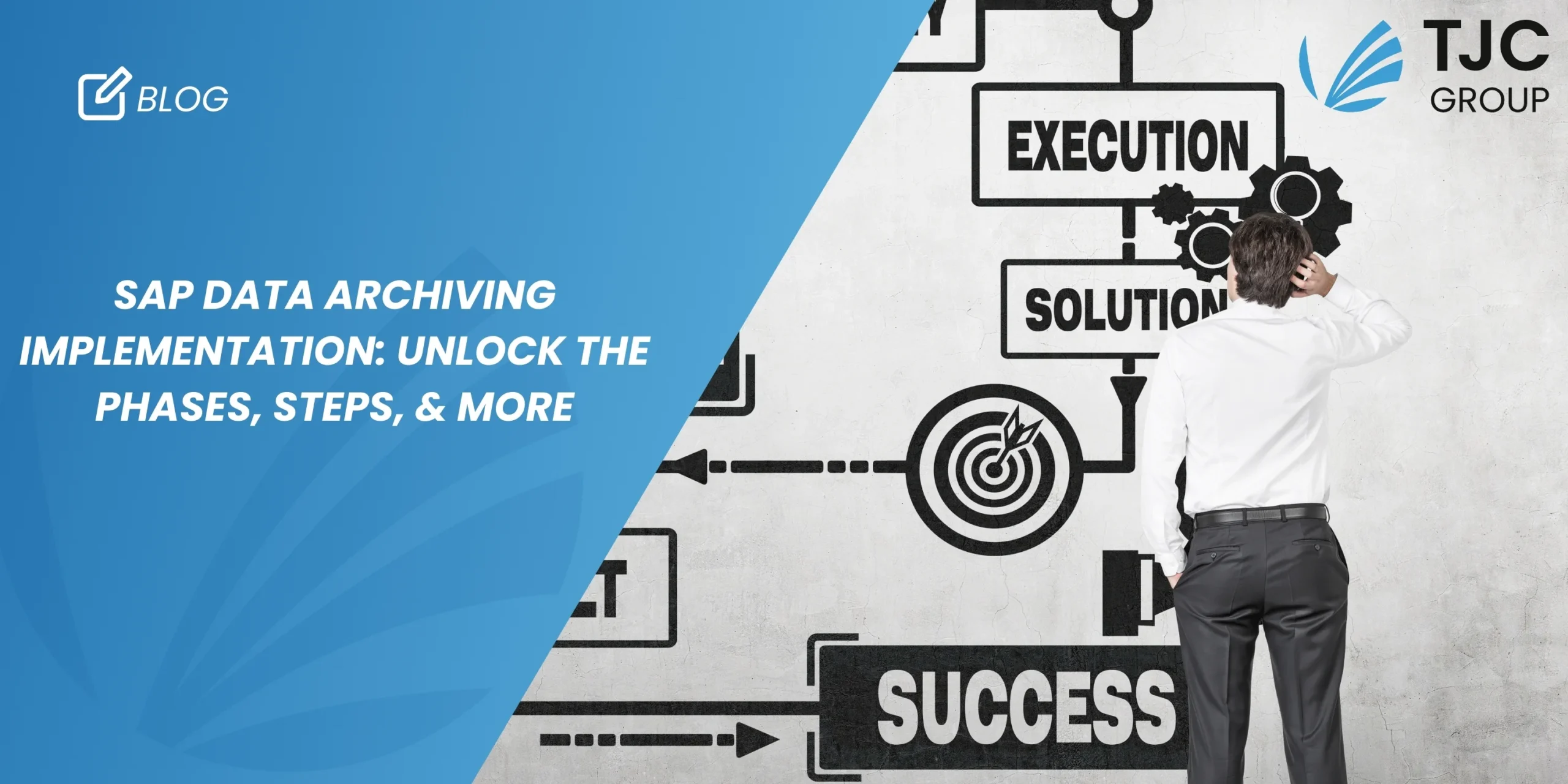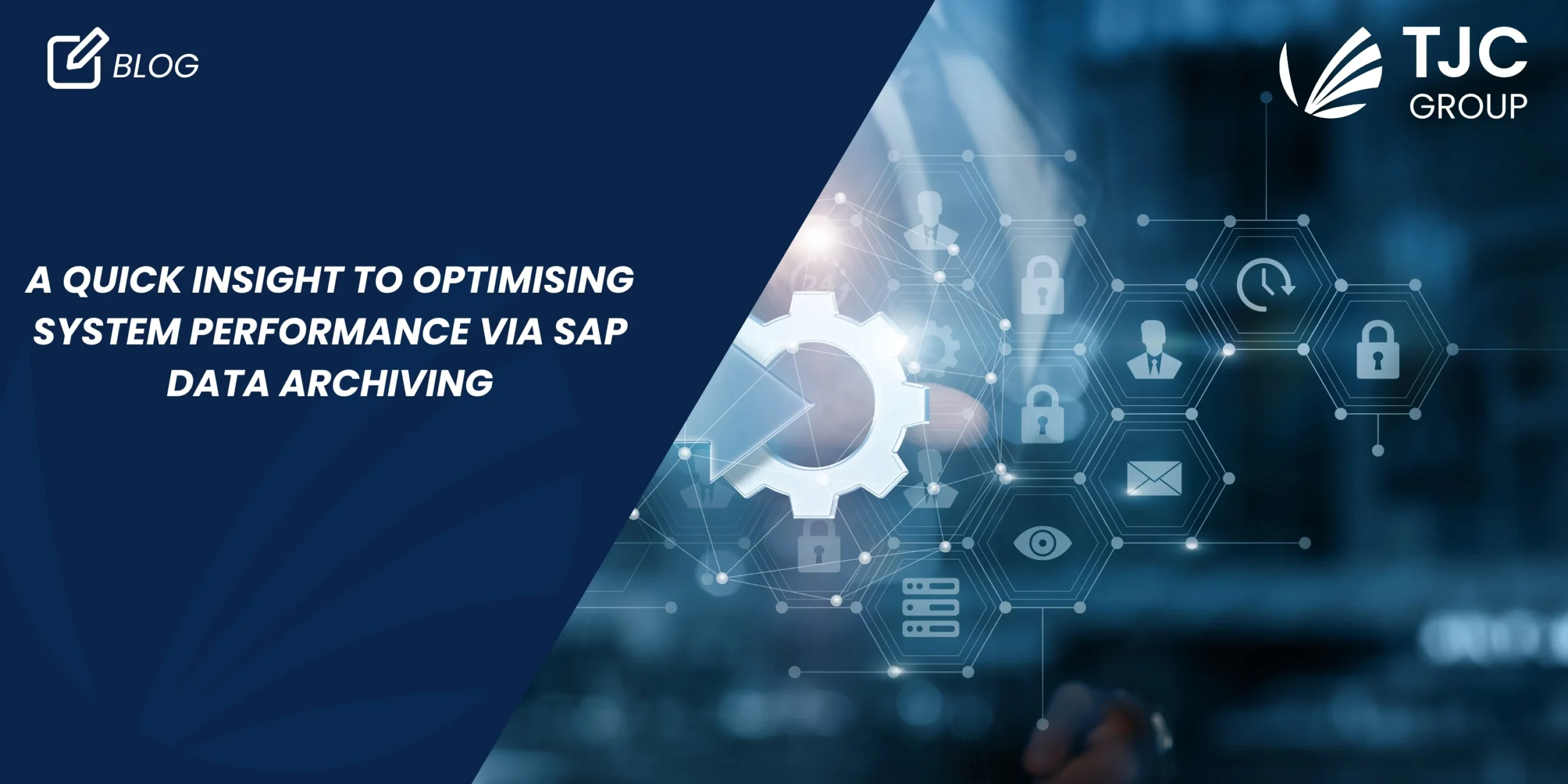Ever since the Covid pandemic began in 2020, the commercial world has been divided into two main camps. There are the lucky businesses that have benefited hugely from the lockdowns, because their business models either adapted quickly, or because they could immediately satisfy the necessitated remote delivery options. And then there are the less fortunate – these businesses may now be facing a difficult journey ahead to find the resources required to continue digital transformation programmes and regain their profit levels. Common to many companies, regardless of the financial impact of Covid, is their use of SAP and their need to manage the inevitable transition to S/4 HANA.
SAP is one of the top three ERP solutions globally and for good reason. It is an incredibly powerful cloud applications platform, but for the millions of businesses out there that currently run SAP, the clock is ticking. They have until 2027 to finalise their migration to S/4 HANA. To avoid any problems accessing the IT resources required, it is recommended that this process begins by no later than 2025 – don’t leave things until the last minute.
Indeed, SAP have confirmed that they will be stopping all support for SAP ECC by 2027. It is therefore essential to be considering whether your company wants to continue using SAP in the future and if they do, to start planning ahead for the implementation before SAP ends its support.

Long term data management within ERP systems is the most pressing challenge for companies seeking to migrate to S/4 Hana to get a handle on. This is true for all companies but is especially relevant if you are facing financial constraints as a result of the Covid pandemic. This article explains why you need to be thinking about your data volumes and the different data management strategies that will shape your final migration decisions. Getting data management right ahead of time and investing early in an automated archiving solution will streamline the migration process and also manage long-term data-related costs and risks.
Global business organisations operating in high volume transaction industries generate huge amounts of data and rates of growth are increasing exponentially. More data has been created in the last 5 years than in the entire history of mankind, and the levels continue to multiply. Winding the clock back by 15 years, who would have forseen that data would become such a strategic asset for companies today? And as much as it is an asset, it is also a liability. Handling this data explosion and its consequences in terms of the resources needed to manage and contain it is one of IT’s most pressing challenges.
For SAP users, data management is an issue because it impacts on SAP systems performance, which in turn increases the Total Cost of Ownership (TCO). Those users considering how to manage the end of lifecycle for ECC and whether to make the leap to S/4 Hana, should appreciate that the cost of Hana storage isn’t going to reduce any time soon. IT teams are faced with a double hit – the significant cost of Hana storage, coupled with the challenge of an exponentially growing database.
Organisations planning to migrate to S/4 Hana can minimise the cost and time of their migration by removing the obsolete data that can be archived or deleted if retention policies are applied. S/4Hana and Hana memory will bring unrivalled business benefits for companies, yet it is important to plan a proper data management strategy from the outset to decrease the TCO while also keeping data compliant.
An automated data archiving strategy is one of the most effective ways to manage the long term ownership costs of migrating to S/4 Hana. It saves time, money and it also mitigates non-compliance risks. Although not a magic wand, financial benefits are achieved through making savings on storage costs, maintenance and software licensing. Until now, you may never have seen the need to archive data and you may hold the view that the organisation needs to preserve access. This of it another way, planning a migration to S/4 Hana is the perfect time to rethink why you are holding onto all that data and consider the benefits of archiving what has reached its end of life.
Cost benefits aside, archiving is also a useful security strategy, because when you archive down, you secure your data. It is locked against time and cannot be accessed by any other applications. This means it is a highly secure way to manage long term data retention requirements for audit compliance reasons. Archived data is secure, it cannot be hacked and it is automatically only retained for as long as legally required.
Archiving data that is no longer in use will also significantly reduce the data volume that needs to make the move to SAP S/4HANA. This means reducing the scope, complexity and total cost of the entire migration project, as well as saving on hardware and software licensing costs.
Two of the UK’s best known brands – a high street retailer and a telecoms provider – did exactly this. Both saw very significant cost and time savings from data archiving to reduce database size prior to their migrations from ECC to S/4 Hana.
In one of the cases, it was possible to cut the size of the database by 50%, which equated to an immediate cost saving of £115,000. Over multiple years of S/4 Hana ownership, this saving will increase to well in excess of £5m.
In both these examples, improving the current ECC environment by using automated SAP archiving tools to reduce data volumes was each company’s first step towards a smooth transition to S/4 Hana. The archiving pathway can also potentially involve a transition to HEC where appropriate. Preparing for the eventual S/4 Hana migration with archiving also reduces backup or restore times and because there’s less data in the database, it will also reduce the overall final migration time.
As one of these customers shared with TJC after completing their data archiving project, “Automation was the big win. Trying to do data archiving without that is like trying to put somebody on a hamster wheel – hard work. Automating the process made it so much easier and once up and running, it’s there indefinitely”.
Support for ECC is ending in 2027 but don’t be tempted to wait until the last minute to begin an archiving project. Starting sooner rather than later means you can just realise the cost savings more quickly. And once the transition to SAP S/4HANA is complete, it’s possible to take these savings further, by decommissioning remaining SAP and non-SAP applications. In doing so, you can simplify your overall system landscape and reduce long-term administration and maintenance costs.
Unsure where to start? Talk to TJC. We’ll help you to plan ahead of the 2027 deadline for your SAP migration and devise an automated data archiving strategy to achieve your ERP cost reduction goals.






